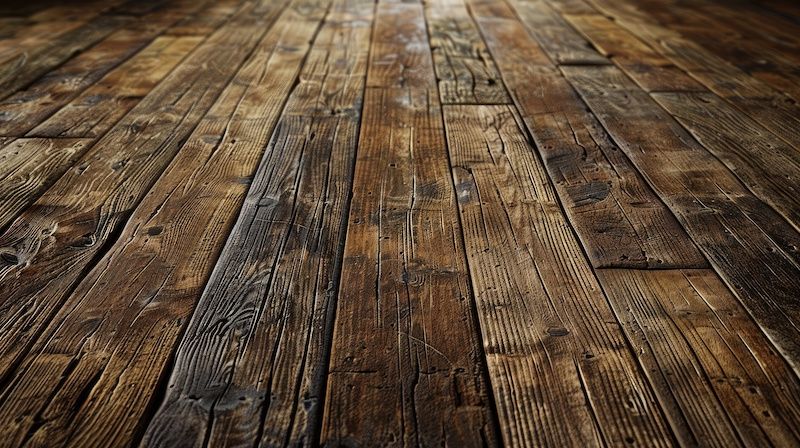Quality Assurance
We ensure timely delivery of services and provide guarantees for the work performed to protect your property.
Wet rot, primarily caused by damp conditions and high moisture content, affects various types of wood, including window frames and skirting boards. It is characterised by a musty smell and the presence of fungal spores. Recognising the signs of wet rot early is crucial for effective treatment and prevention of further decay.
Our wet rot treatment services involve a comprehensive assessment of the affected area to identify the source of moisture. We apply specialised fungicidal treatments to eliminate wet rot spores and restore the integrity of affected timber, ensuring lasting protection against future infestations.
In addition to immediate treatment, we provide expert advice on how to prevent wet rot in the future. Addressing poor ventilation and controlling moisture levels are essential in eliminating the ideal environment for fungal decay to thrive, protecting your property in the long term.
We ensure timely delivery of services and provide guarantees for the work performed to protect your property.
Our damp specialists have the qualifications and experience necessary to accurately diagnose rising damp issues.
We offer bespoke treatments designed to effectively address the unique problems presented by rising dampness.
If you suspect damp in your property, don’t wait for the problem to worsen. Contact us today for a comprehensive survey and expert advice on the best course of action to protect your home from damp-related damage.

Here are some frequently asked questions regarding rising damp to help you better understand this moisture issue.
Contact UsRising damp is primarily caused by groundwater penetrating walls through capillary action. This can occur when the damp proof course has failed or if there wasn't one installed in older properties, allowing moisture to rise from the base of the wall.
Signs of rising damp include damp patches on walls, peeling wallpaper and paint, and a musty smell. If you observe these symptoms, especially near the floor, it's advisable to consult with damp specialists for a thorough assessment.
Treatment options for rising damp typically involve the installation of a new damp proof course, followed by replastering affected areas with a moisture-resistant plaster. Our team will provide a comprehensive treatment plan tailored to your property’s specific needs.
Yes, if left untreated, rising damp can lead to significant structural damage, including deterioration of internal walls, rotting of timber joists, and compromise to the overall integrity of the building. Timely intervention is crucial to prevent such issues.
Yes, rising damp is a common issue in many older houses throughout the UK, particularly those without adequate damp proof courses or those that have deteriorated over time. Regular property maintenance can help manage this risk effectively.





A member of our friendly team will be more than happy to assist you.
